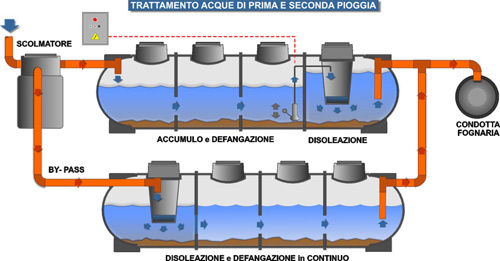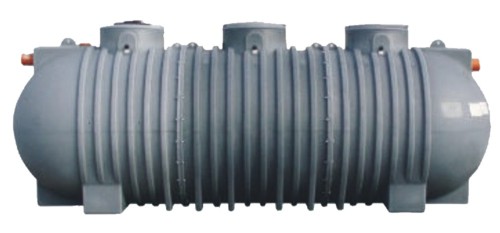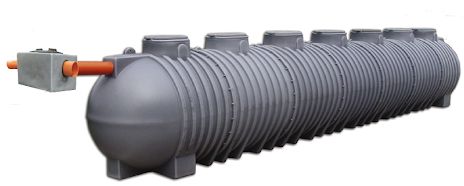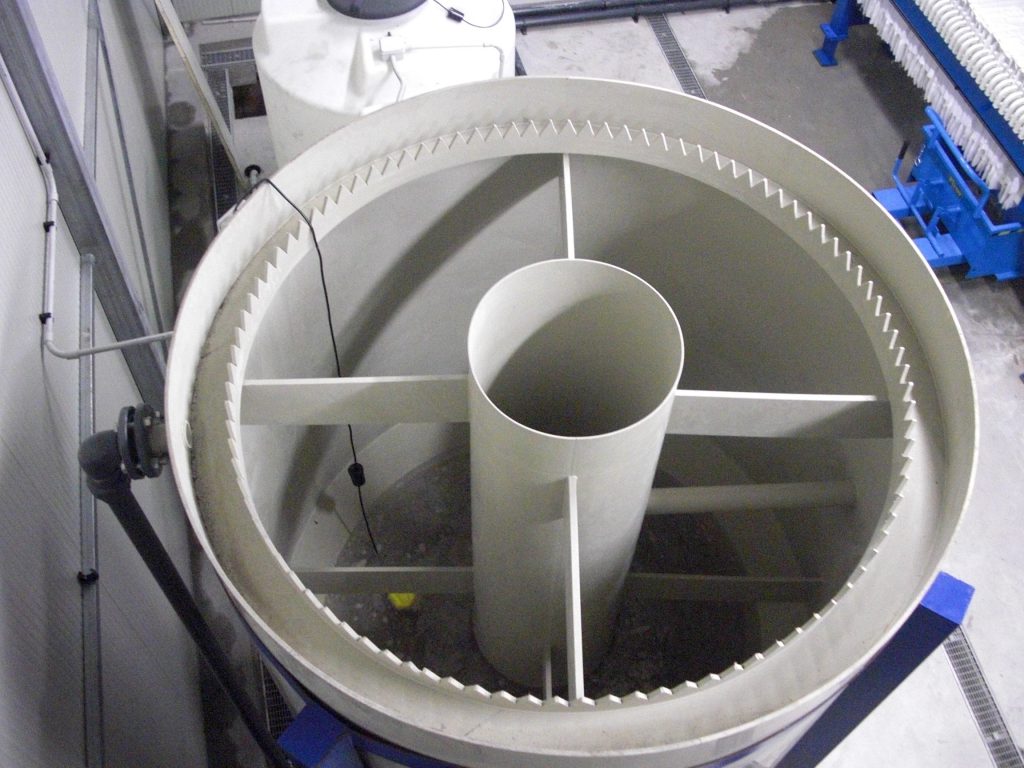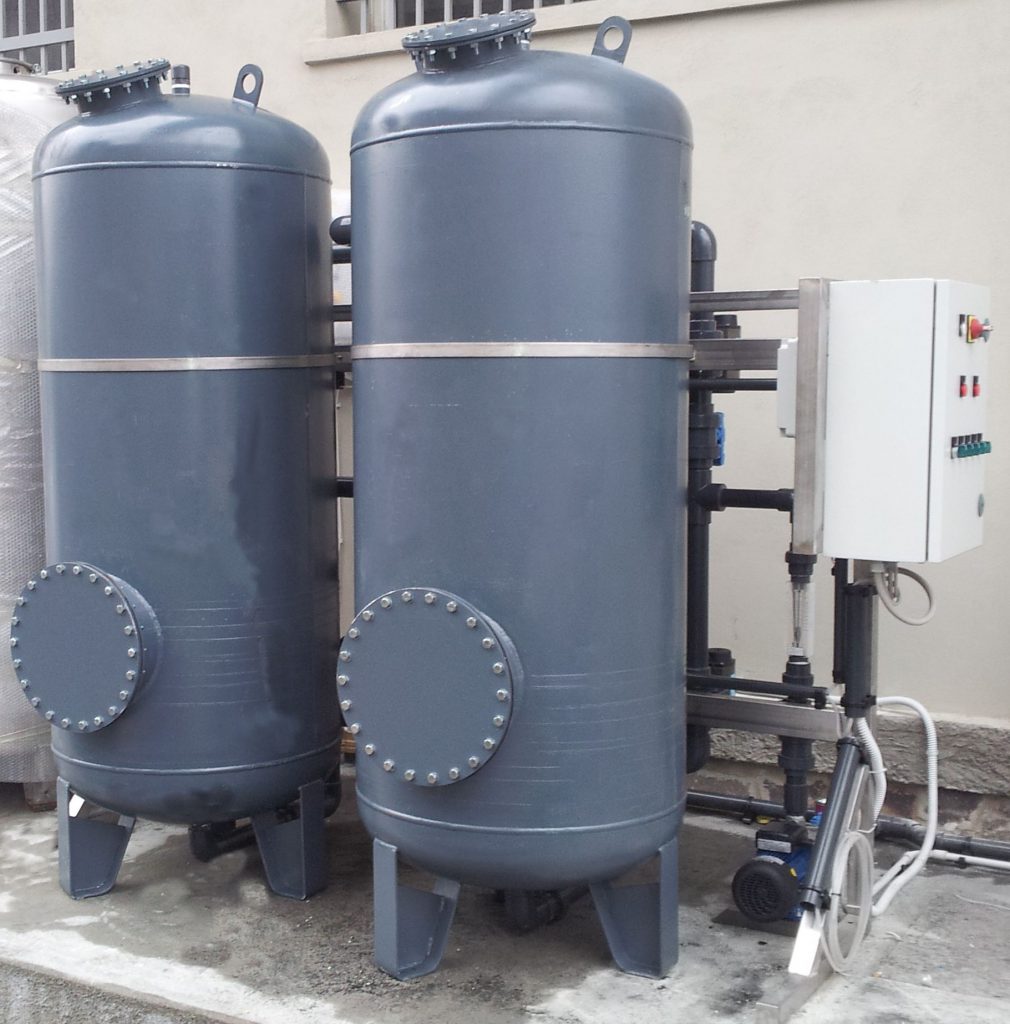The first rainfall plants are used for the purification of water of meteoric origin collected in production yards.
The definition of first rainwater is composed of the amount of rainwater that is collected during the first 15 minutes of an atmospheric event and for a maximum of 5 mm of the surface.
Pentacque builds first rain water treatment plants of different capacities and different technical characteristics.
First rain installations can be of several ranges, First rain installations of continuous type, First rain installations of discontinuous type, Second rain installations. First rain installations with high pollution.
Continuous first rain plant
This type of plant provides for the treatment of first rain water continuously, this means that the first rain plant must treat constantly and completely the water collected from the surface of the yards concerned.
The need for a first rain system counts is when the wastewater produced by the atmospheric event continues to have chemical characteristics that do not conform to the discharge, these plants completely treat all the wastewater of each event including the second rains, this pollution is normally given by the storage of materials stored on the yards that generate a continuous release of pollutants or particularly polluting processes.
The sizing must foresee the treatment capacity of the meteorological event and the maximum rain density, in relation to the draining surface.
These first rainfall plants have a limited containment of incoming water, and have a larger defangation and deoiling system to allow continuous water treatment.
First plant discontinuous rain
It is the most widely used purification treatment, the water collected in the yard is fed into a storage tank and from there it is returned to the first rain plant.
These plants are equipped with a spillway that at the beginning of the atmospheric event collects the water from the first rain to treat it and the subsequent water produced, defined as second rain, is sent directly to the drain.
The water to be treated is collected in the storage basin and is sent to a system that clarifies and eliminates the sludge, then the system eliminates the oils, the water thus treated is in conformity with the discharge.
This sequence, as required by the various regional decrees, takes place every 48 hours, the first rain system in automatic, does not activate any other treatment in case of close events.
Second rain system
The second rain system is the composition of a first rain system and a second continuous system.
This type of plant collects and places in a containment basin the first fraction of water with a high degree of pollution, when the basin is full, the excess water is sent to the second rainfall plant where it will be carried out a treatment of defangation and deoiling.
The water previously stored is sent to a physical chemical purification plant that uses chemical reagents to counteract the pollutants present and achieves the most effective purification of first rainwater.
Plant first rain high pollution
This plant is used when the water has a high degree of pollution and durable over time, these waters if sent to a first rain plant do not comply with the limits of the current tables provided by Legislative Decree 152/2006 for the discharge into the sewer table 3 Annex 5, and must be treated with advanced purification systems.
This first rainfall water is collected and stored in a containment basin and is then returned to a water treatment plant with chemical-physical reactions.
The treatment consists of dosing a chemical reagent with absorbent, agglomerating and flocculant functions.
This allows the water to clarify itself in a decanter and be sent to the drain in accordance.
These first rain systems can be complemented by quartz filtration and absorbent systems.
Water treated in this way can be recovered by the company for other uses.


